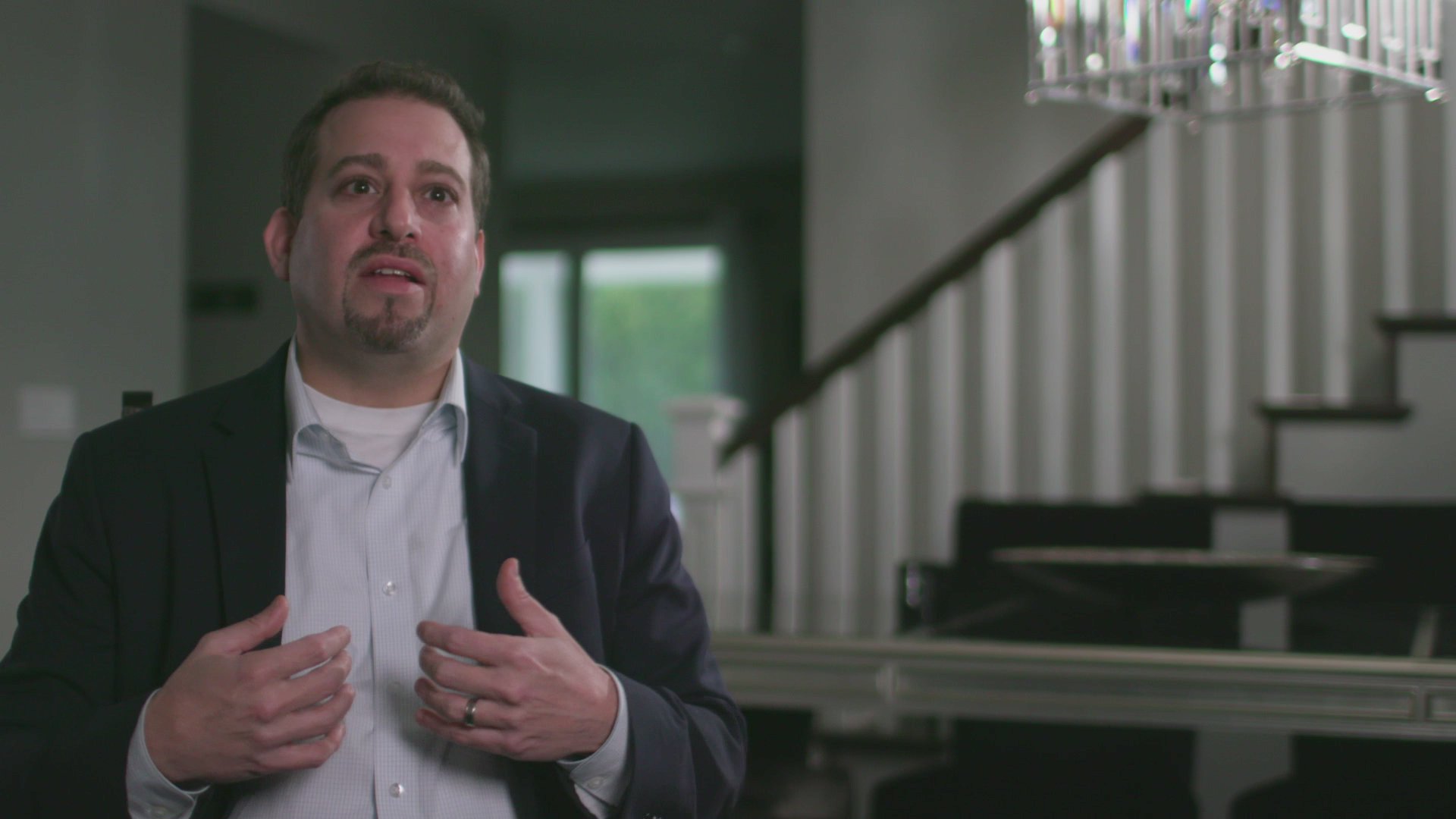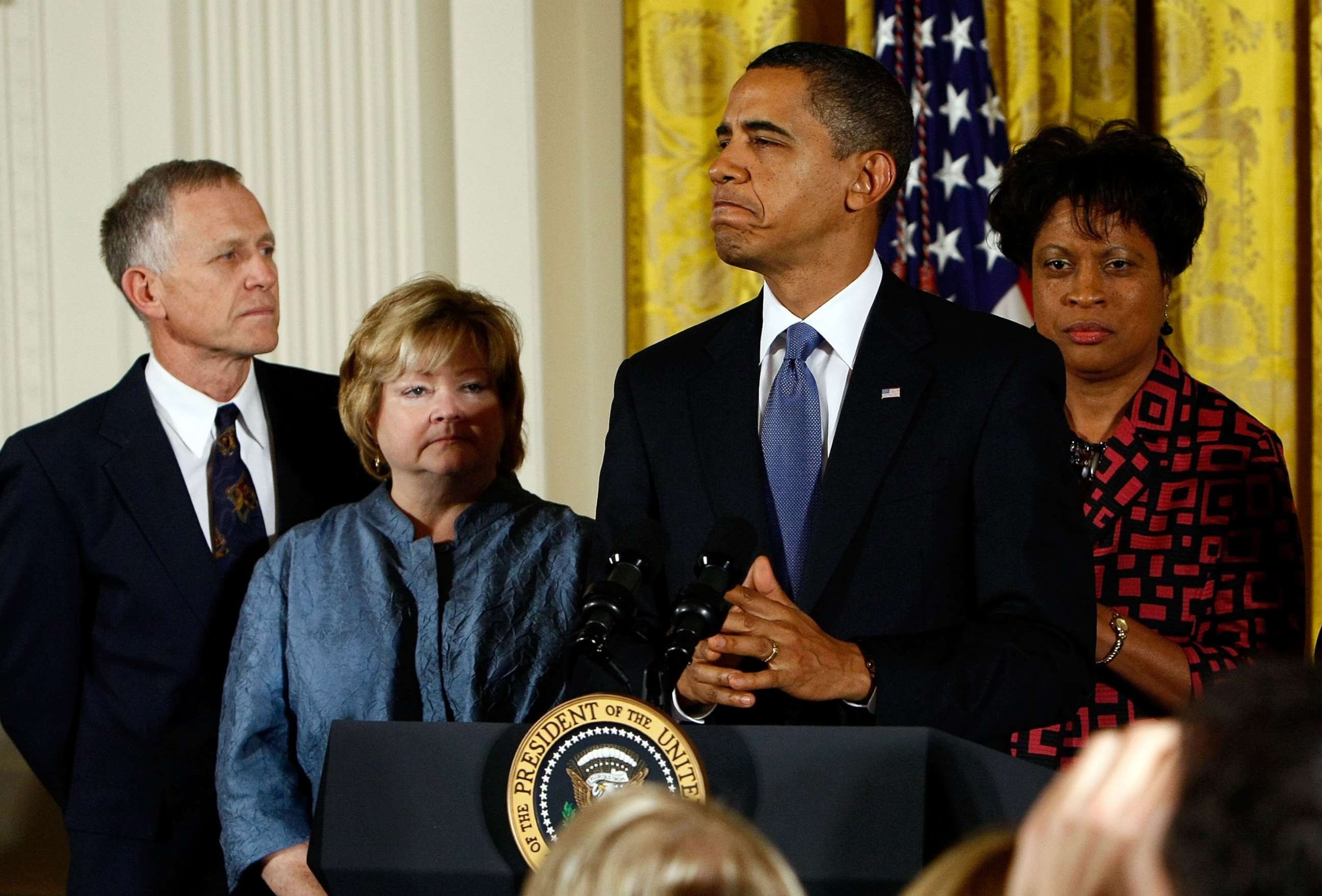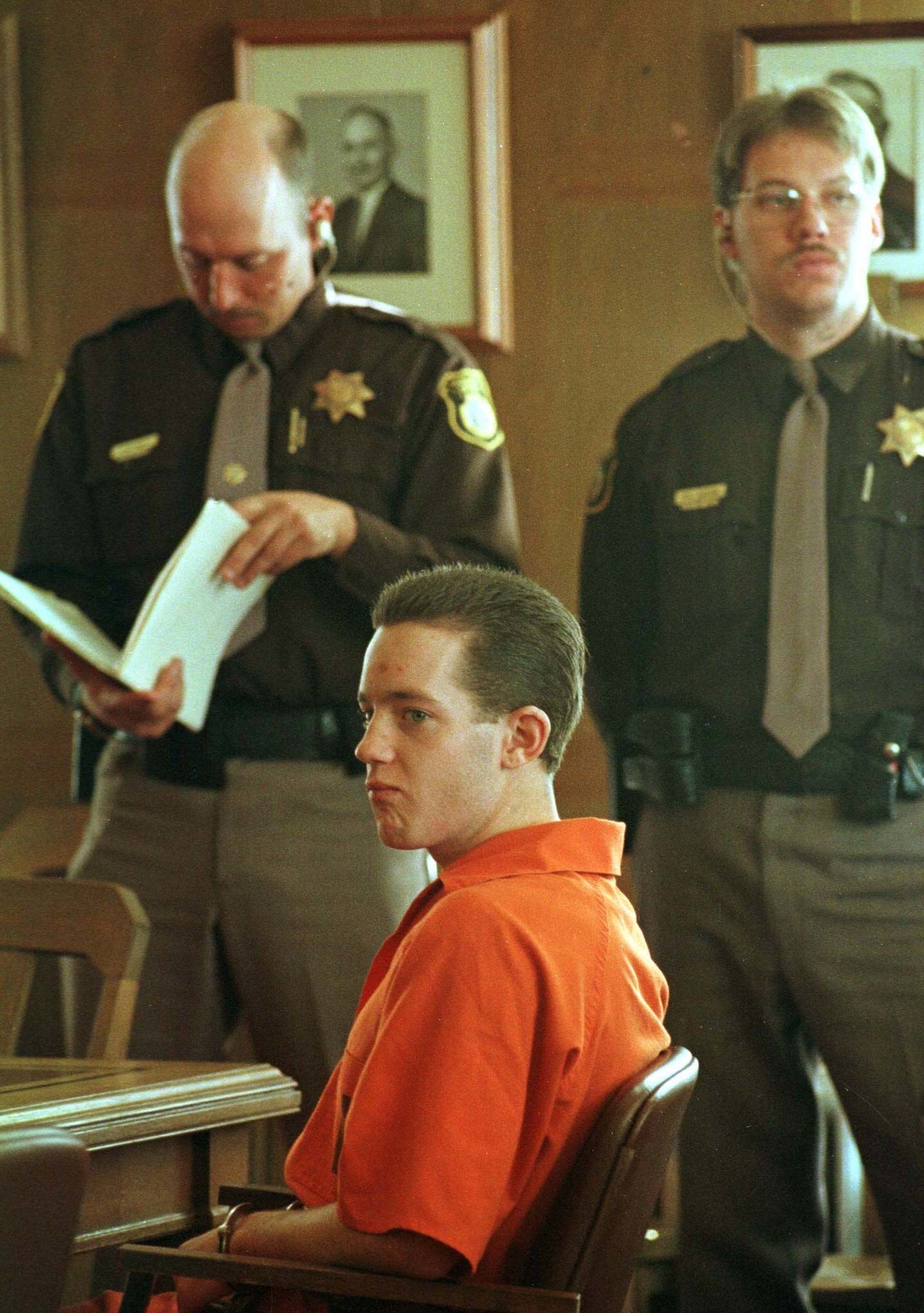Aaron McKinney And Russell Henderson: The Dark Truth Behind Their Infamous Crime
It’s a story that shocked the nation and sparked nationwide outrage. Aaron McKinney and Russell Henderson became infamous for their heinous crime against Matthew Shepard, a young man whose tragic death brought attention to hate crimes in America. But who were these individuals, and what led them down such a dark path? This is more than just a tale of crime—it’s a deep dive into the lives of two men whose actions changed history forever.
Back in 1998, the world was rocked by the brutal murder of Matthew Shepard, a 21-year-old student from the University of Wyoming. His death wasn’t just a crime; it was a hate crime that exposed deep-seated issues in society. Aaron McKinney and Russell Henderson were the names on everyone's lips, but few people truly understood their backgrounds or the circumstances surrounding this tragic event. Let's uncover the truth behind these men and the impact of their actions.
This article isn’t just about the crime itself. It’s about understanding the people involved, the societal factors that contributed to the tragedy, and how it continues to resonate today. By the end, you’ll have a clearer picture of who Aaron McKinney and Russell Henderson really were—and why their story matters so much.
- Mary Jo Buttafuoco Her Untold Story Of Survival Amp Forgiveness
- Vanessa Simmons Age Weight Family Life All You Need To Know
Table of Contents
- Biography of Aaron McKinney and Russell Henderson
- Details of the Crime
- What Were Their Motives?
- The Trial and Sentencing
- Impact on Society
- Life After the Crime
- Lessons Learned
- Understanding Hate Crimes
- Steps Toward Prevention
- Conclusion
Biography of Aaron McKinney and Russell Henderson
Before we dive into the crime, let’s take a closer look at the men behind the headlines. Aaron McKinney and Russell Henderson weren’t just random criminals—they were individuals with complex lives shaped by their environments.
Who Were They?
Aaron McKinney was born on April 18, 1976, in Casper, Wyoming. Growing up in a working-class family, he struggled with poverty and substance abuse from an early age. His upbringing wasn’t easy, and many who knew him described him as someone who often found himself in trouble.
Russell Henderson, born on January 21, 1977, also grew up in Casper. Unlike McKinney, Henderson seemed to lead a relatively stable life—at least on the surface. He worked as a mechanic and had a girlfriend named Kristen Price. But beneath the facade lay a darker side that would soon come to light.
Background Comparison
Both men came from modest backgrounds, but their paths diverged in significant ways. While McKinney openly struggled with addiction and financial instability, Henderson managed to keep his struggles hidden until the tragic events unfolded. Below is a quick comparison:
| Aspect | Aaron McKinney | Russell Henderson |
|---|---|---|
| Birthdate | April 18, 1976 | January 21, 1977 |
| Place of Birth | Casper, Wyoming | Casper, Wyoming |
| Occupation | Odd Jobs | Mechanic |
| Substance Use | Heavy Drug Use | Occasional Use |
Details of the Crime
On the night of October 6, 1998, Aaron McKinney and Russell Henderson met Matthew Shepard at a local bar in Laramie, Wyoming. What started as a seemingly harmless encounter turned into one of the most infamous hate crimes in American history.
According to court documents, McKinney and Henderson lured Shepard into their truck under the pretense of offering him a ride. Once they were out of town, they brutally attacked him, tying him to a fence and leaving him to die in the freezing cold. Shepard was discovered 18 hours later by a cyclist who initially mistook him for a scarecrow.
Why Did This Happen?
While the exact reasons may never be fully understood, investigators believe homophobia played a significant role. McKinney reportedly made derogatory comments about Shepard’s sexual orientation during the attack. Some theories suggest jealousy over Shepard’s perceived wealth might also have been a factor.
What Were Their Motives?
Understanding the motives behind such a heinous act is crucial to preventing similar crimes in the future. Experts point to several potential factors:
- Homophobia: Both men reportedly harbored deep-seated hatred toward gay individuals.
- Substance Abuse: McKinney and Henderson were high on methamphetamine at the time of the crime, which likely fueled their aggression.
- Social Upbringing: Growing up in a community where prejudice was normalized may have contributed to their worldview.
The Trial and Sentencing
The trial of Aaron McKinney and Russell Henderson captured national attention. Both men were found guilty of felony murder and sentenced to life in prison without the possibility of parole. The verdict was a relief for many, but it also sparked debates about the justice system’s handling of hate crimes.
During the trial, McKinney attempted to use the “Gay Panic Defense,” claiming that Shepard’s alleged sexual advances drove him to commit the crime. This defense was widely criticized and ultimately rejected by the court.
Impact on Society
Matthew Shepard’s death became a rallying cry for LGBTQ+ rights activists across the country. It highlighted the urgent need for stronger laws protecting marginalized communities. In 2009, President Barack Obama signed the Matthew Shepard and James Byrd Jr. Hate Crimes Prevention Act, expanding federal protections for hate crimes based on sexual orientation and gender identity.
But the impact goes beyond legislation. The case brought widespread awareness to the dangers of homophobia and encouraged countless individuals to speak out against discrimination.
Life After the Crime
Aaron McKinney and Russell Henderson remain incarcerated to this day. Their lives serve as a grim reminder of the consequences of hate and violence. While some argue they deserve no sympathy, others believe rehabilitation should always be part of the conversation.
Are They Remorseful?
Reports suggest that both men have expressed varying degrees of remorse over the years. Henderson, in particular, has reportedly shown signs of regret, though his sincerity remains a topic of debate.
Lessons Learned
The story of Aaron McKinney and Russell Henderson teaches us valuable lessons about the importance of empathy, education, and tolerance. Here are a few key takeaways:
- Hate crimes don’t happen in a vacuum. They’re often the result of systemic issues that need addressing.
- Education and awareness are powerful tools in combating prejudice.
- Legislation alone isn’t enough; societal attitudes must change as well.
Understanding Hate Crimes
Hate crimes are offenses motivated by bias against a person’s race, religion, sexual orientation, or other protected characteristics. They not only harm the victim but also send a message of fear to entire communities. According to the FBI, hate crimes based on sexual orientation remain alarmingly common in the U.S.
Statistics to Know
Data from the FBI’s 2021 Hate Crime Statistics report shows:
- 46.2% of reported hate crimes were motivated by race/ethnicity bias.
- 14.5% were motivated by sexual orientation bias.
- Religious bias accounted for 11.4% of incidents.
Steps Toward Prevention
Preventing hate crimes requires a multi-faceted approach. Here are some strategies that can make a difference:
Community Engagement
Encouraging dialogue between diverse groups can help break down barriers and promote understanding. Community programs that focus on inclusivity and respect are essential.
Education
Introducing curricula that address topics like diversity and acceptance in schools can lay the groundwork for a more tolerant society.
Policy Changes
Advocating for stricter enforcement of existing hate crime laws and pushing for new legislation can provide much-needed support for victims.
Conclusion
The story of Aaron McKinney and Russell Henderson is a sobering reminder of the dangers of hate and intolerance. While their actions were despicable, they also sparked a movement that continues to fight for equality and justice. As we reflect on this dark chapter in history, let’s commit ourselves to creating a world where such tragedies never happen again.
What do you think about the impact of this case? Share your thoughts in the comments below, and don’t forget to check out our other articles on social justice and human rights. Together, we can make a difference!



Detail Author:
- Name : Wanda Cruickshank Jr.
- Username : becker.marilou
- Email : lucinda87@oconner.com
- Birthdate : 1994-08-31
- Address : 537 Bosco Bridge Rebamouth, ID 07556
- Phone : +1-314-377-3675
- Company : Watsica Group
- Job : Social Sciences Teacher
- Bio : Qui enim explicabo sunt. Et earum quo est. Voluptas non culpa repudiandae omnis officia explicabo. Iure in rem corporis est voluptate magnam.
Socials
twitter:
- url : https://twitter.com/dprohaska
- username : dprohaska
- bio : Rerum suscipit porro perferendis et hic. Aut ducimus ut iusto impedit. Ea omnis ipsa cum quis et.
- followers : 1294
- following : 783
linkedin:
- url : https://linkedin.com/in/delphiaprohaska
- username : delphiaprohaska
- bio : Et ex sint asperiores vel repellendus laborum.
- followers : 457
- following : 2411
instagram:
- url : https://instagram.com/delphiaprohaska
- username : delphiaprohaska
- bio : Ducimus aut recusandae et et eos quas aspernatur. Nulla sint magni esse nihil minima.
- followers : 4926
- following : 1734
facebook:
- url : https://facebook.com/delphia_id
- username : delphia_id
- bio : Dolor iste optio unde itaque omnis nihil magni libero.
- followers : 1328
- following : 271